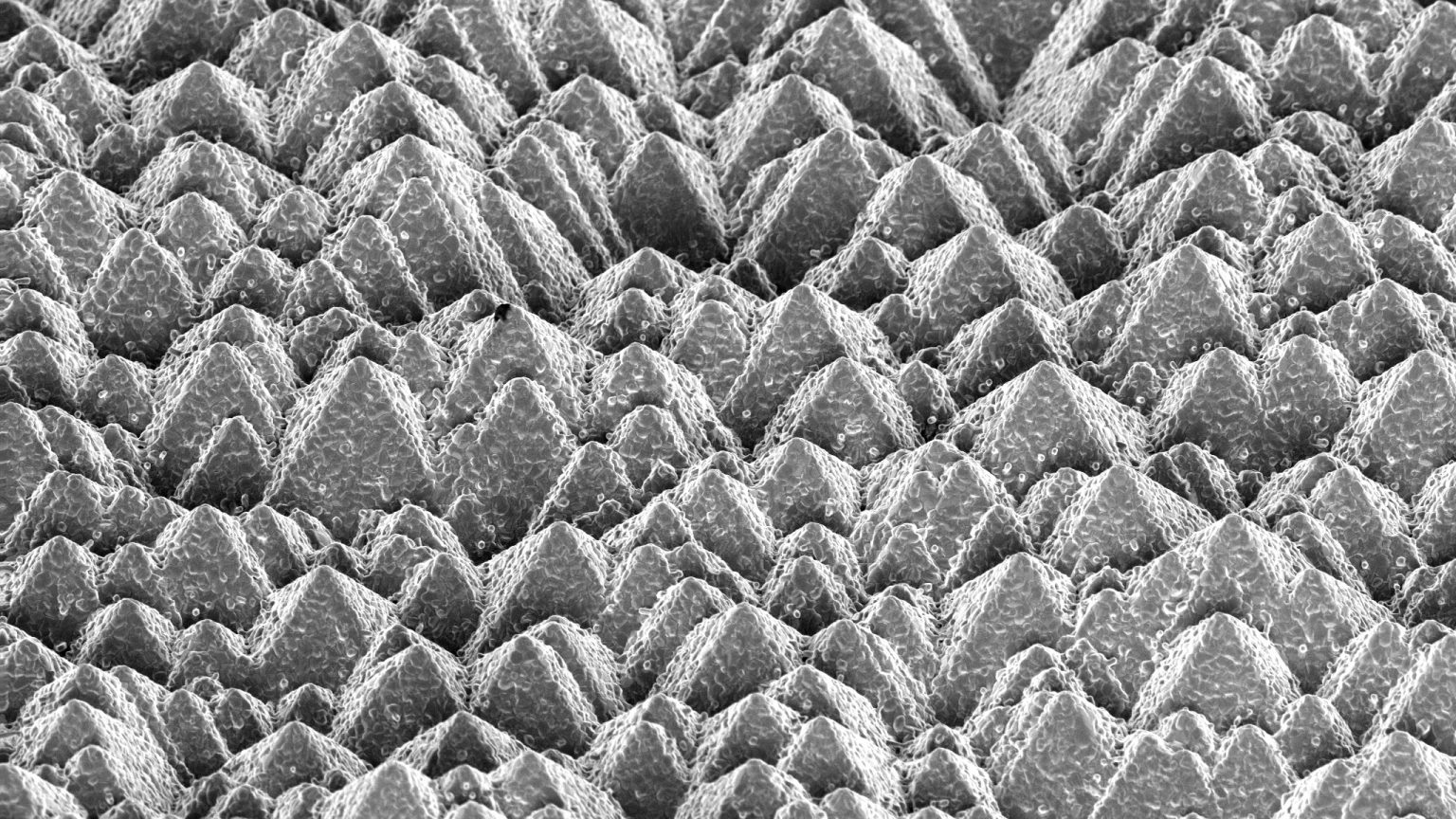Perovskite for tandem applications

Overview
Photovoltaics is driving the progression of renewable electricity generation technologies. Crystalline Si (c-Si) technologies dominate this market, but they are likely only the first step in lending solar power more weight in the energy supply of the future as standalone c-Si cells fail to convert high-energy photons efficiently. Additional power output can be achieved by stacking a top cell with a higher bandgap onto the c-Si cell to form a tandem device. Solar cells based on a ABX3 perovskite absorber, where A is usually an organic monovalent cation (methylammonium and/or formamidinium, sometimes alloyed with Cs), B a metal (lead or tin) and X a halide (iodide, bromide and/or chloride), appear to be the ideal top cell candidates for c-Si thanks to their high single-junction performance, tunable bandgap, potential low fabrication costs and soft processing conditions. These characteristics offer the hope that c-Si solar cells can be upgraded to efficiencies >30% by adding a perovskite front cell at low extra costs.Innovative device characterization
Examples of innovative characteization methodologies include the first report on the steep absorption edge of perovskite materials by photothermal deflection spectroscopy, an accurate model to describe the refractive index of these materials by spectroscopic ellipsometry, the first observation of phase segregation and material degradation in mixed halide perovskites by Raman spectroscopy, and of the deleterious migration of halide ions into transport layers using in situ transmission electron microscopy.
Image: Complex Refractive Index Spectra of CH3NH3PbI3 Perovskite Thin Films Determined by Spectroscopic Ellipsometry and Spectrophotometry, P. Löper, M.Stuckelberger, B. Niesen, J. Werner, M. Filipič, S.J. Moon, J.H. Yum, M. Topič, S. De Wolf, and C. Ballif, The Journal of Physical Chemistry Letters 2015 6 (1), 66-71 DOI: 10.1021/jz502471h
Device engineering
PV-Lab has developed an hybrid perovskite deposition method that combines evaporation of the inorganic precursors and spin coating of the organic ones, which enables flexibility in terms of materials chemistry and substrate roughness. When combined with an in-house silicon heterojunction solar cell and a nanocrystalline Si recombination junction, this method enabled the first report of a perovskite/c-Si tandem cell featuring a c-Si wafer textured on both sides for optimal light management and direct compatibility with c-Si industry standards, achieving an independently certified efficiency of 25.2%.
Integration of perovskites in standard c-Si process
In view of a lean integration of perovskites in standard c-Si process flows, PV-Lab demonstrated the first high efficiency (25.1%) perovskite/c-Si tandem solar cell featuring a p-type c-Si wafer, which was contacted in high-temperature schemes. Working in synergy with the other research groups at PV-Lab/EPFL and CSEM, the perovskite research team is dedicated to tackling the issues that separate the concept of perovskite/c-Si tandem cells from an industrial implementation.
Image: 25.1%-Efficient Monolithic Perovskite/Silicon Tandem Solar Cell Based on a p-type Monocrystalline Textured Silicon Wafer and High-Temperature Passivating Contacts, G. Nogay, F. Sahli, J. Werner, R. Monnard, M Boccard, M. Despeisse, F-J. Haug, Q. Jeangros, A. Ingenito, and C. Ballif, ACS Energy Letters 0, 4 DOI: 10.1021/acsenergylett.9b0037
Recent publications
Please note that the publication lists from Infoscience integrated into the EPFL website, lab or people pages are frozen following the launch of the new version of platform. The owners of these pages are invited to recreate their publication list from Infoscience. For any assistance, please consult the Infoscience help or contact support.